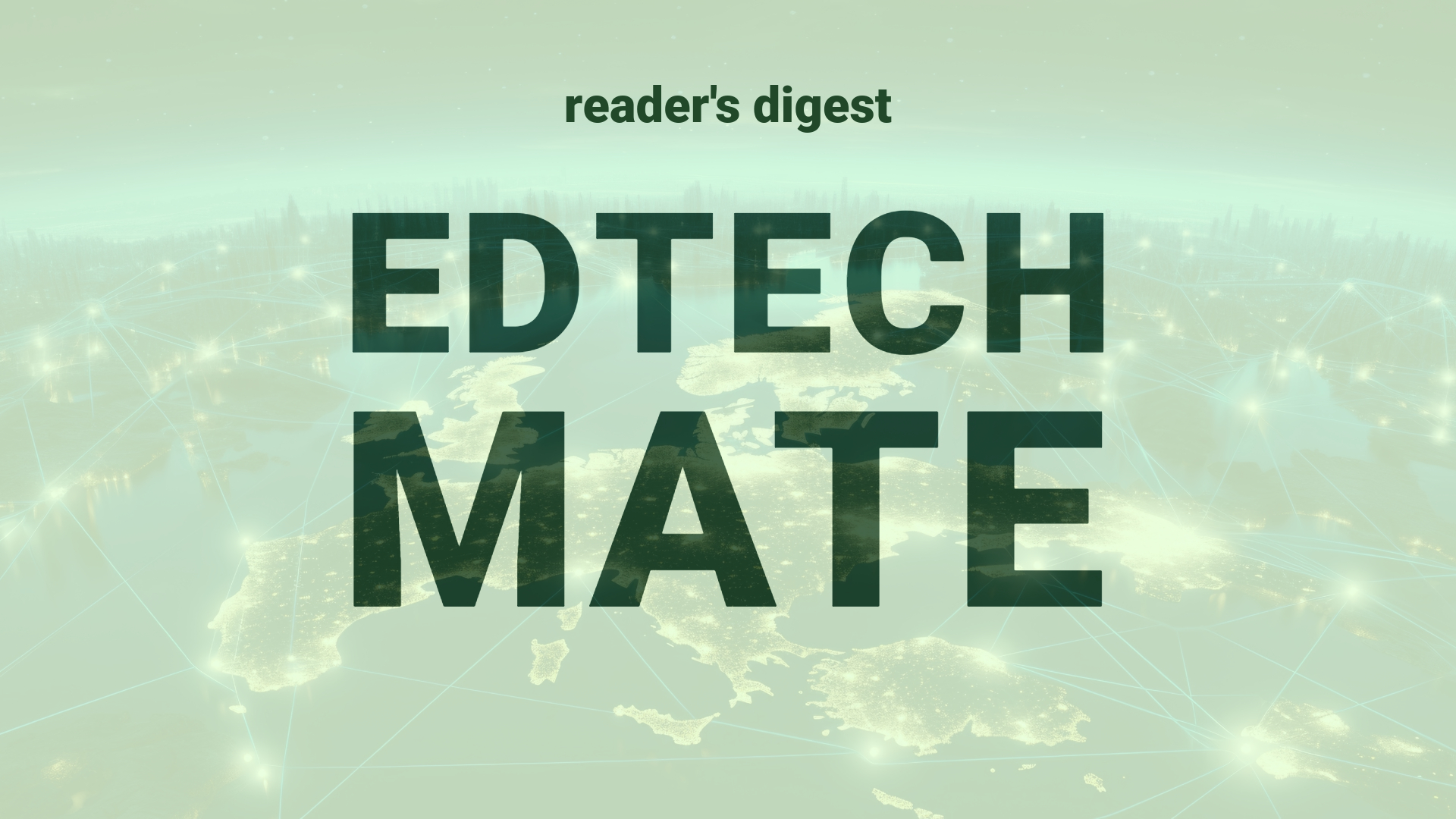“`html
Executive Summary and Main Points
The global shift towards a hybrid work model due to the pandemic has required organizations, including educational institutions, to reconsider traditional onboarding processes. Microsoft’s internal research provides insights into the balanced approach needed for onboarding in a hybrid workplace. The key findings indicate that limited in-person interaction, particularly for new hires early in their careers, can improve manager rapport, meaningful work involvement, and onboarding satisfaction. However, excessive physical office presence doesn’t necessarily enhance onboarding outcomes and may, in fact, hinder long-term learning and productivity. Intentional onboarding strategies that provide role clarity, feedback, and resources are central to a positive new employee experience.
Potential Impact in the Education Sector
In the realm of Further Education and Higher Education, these insights suggest that hybrid onboarding can effectively integrate new faculty and staff, fostering connection and satisfaction while respecting individual flexibility. Strategic partnerships with technology providers can enrich the onboarding experience with digital tools that enhance learning and networking. For Micro-credentials, the emphasis on tailored onboarding experiences can optimize learner engagement and success, accommodating diverse educational backgrounds and work-life demands through adaptative digital platforms.
Potential Applicability in the Education Sector
The applicability of Microsoft’s onboarding insights in global education systems is vast. AI-powered mentoring systems could simulate onboarding buddies for new faculty, while digital interactive platforms may facilitate in-person and virtual mix during the crucial initial phase in Higher Education. Additionally, institutions could deploy Learning Management Systems (LMS) customized for remote onboarding modules that incorporate AI and analytics to monitor engagement and provide feedback, creating a personalized onboarding journey that aligns with the hybrid education model.
Criticism and Potential Shortfalls
While Microsoft’s findings offer compelling prospects for hybrid onboarding, they may not account for the nuanced requirements of diverse global education environments. For instance, the lack of technological infrastructure in some regions could restrict the applicability of these practices. Ethical concerns around data privacy and cultural differences in learning and social interactions may also challenge the universal applicability of these insights. Comparative international case studies could highlight these discrepancies and guide the creation of more culturally aware, equitable onboarding solutions.
Actionable Recommendations
Higher education leaders should consider implementing hybrid onboarding by starting with a thorough needs assessment to establish the appropriate mix of in-person and remote interactions. Investing in a flexible technology infrastructure, fostering a culture that prioritizes meaningful work, and training managers to play an active, supportive role are essential. To further explore these technologies, pilot projects can be initiated in select departments, using feedback loops to refine the approach. Establishing international cohorts to share best practices can also yield cross-cultural insights, leading to a more globally inclusive onboarding standard.
“`
Source article: https://hbr.org/2024/06/onboarding-new-employees-in-a-hybrid-workplace

